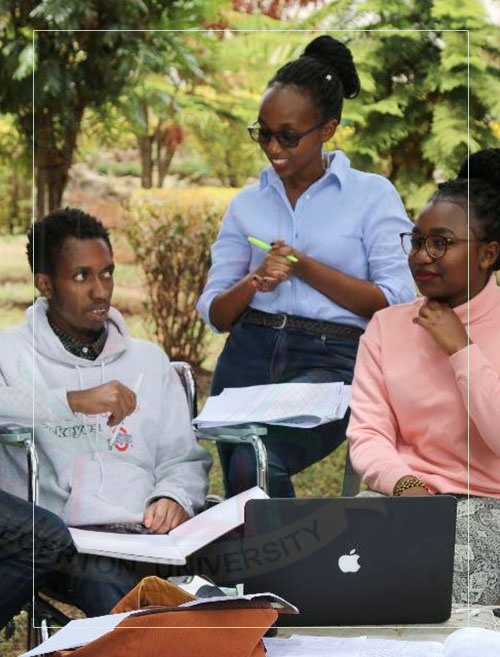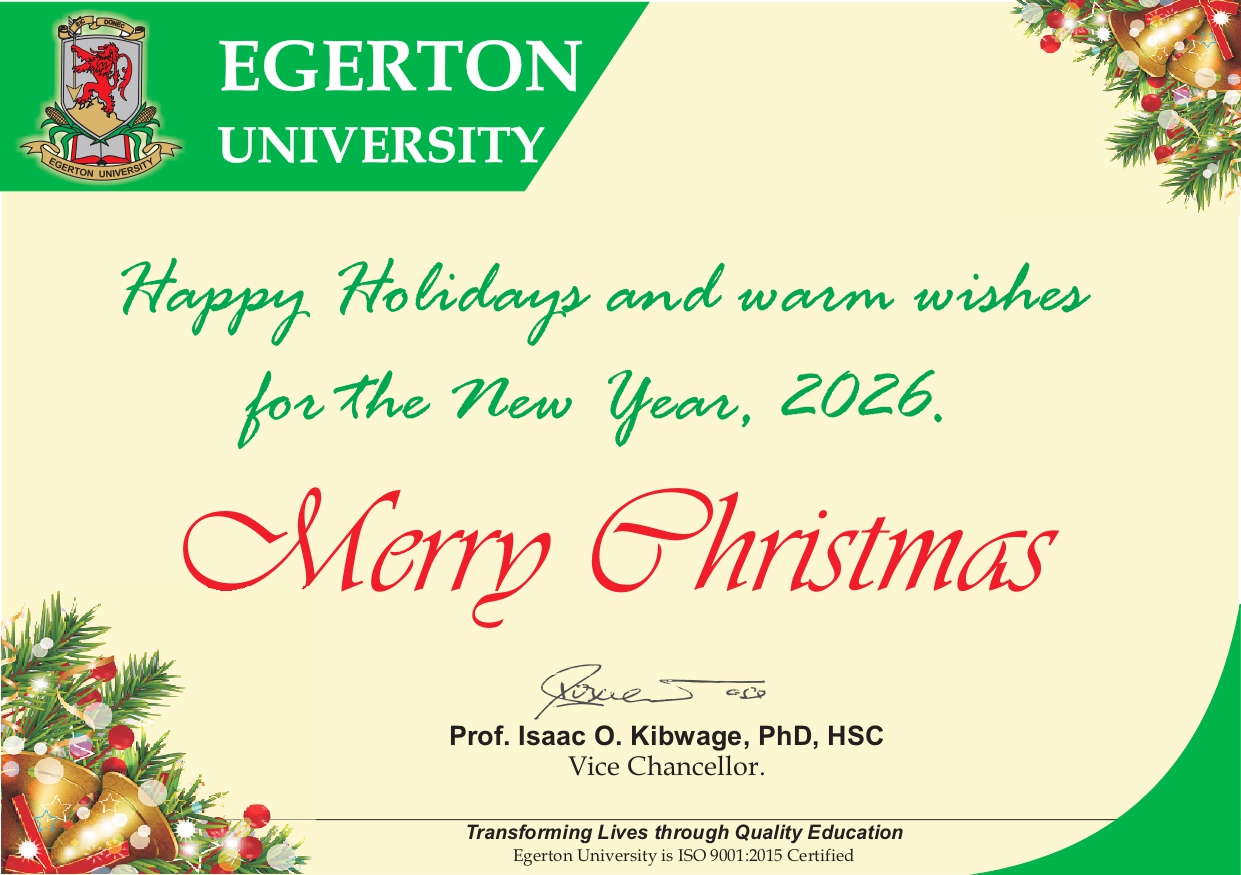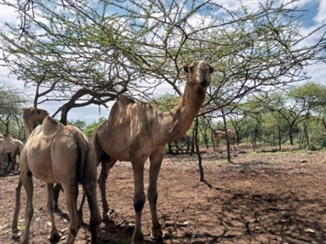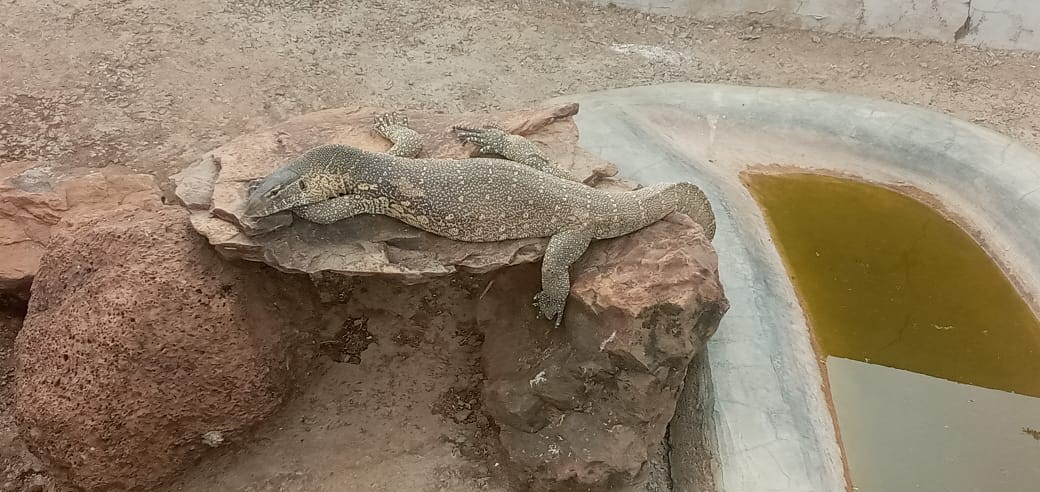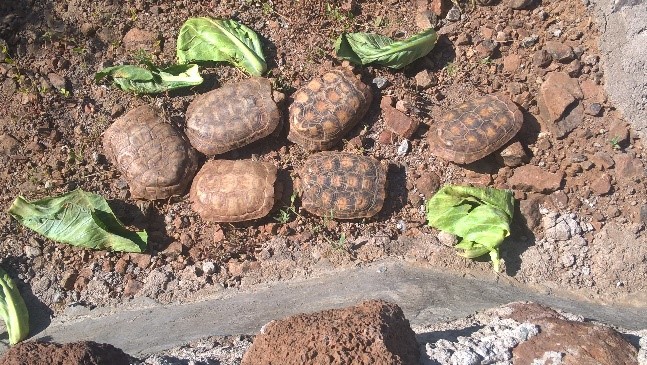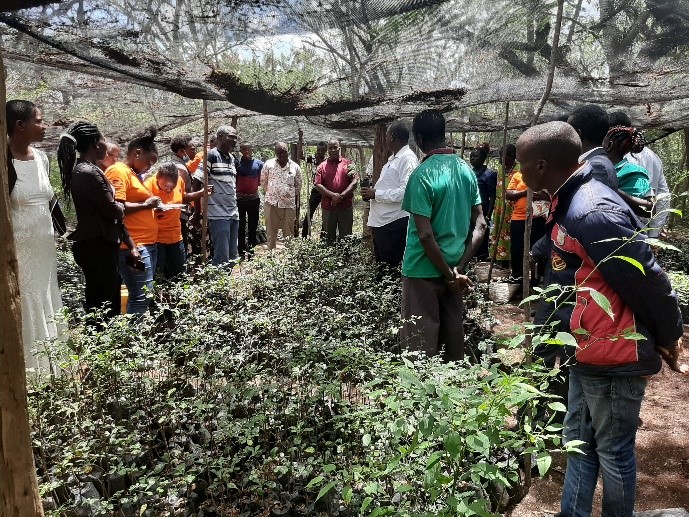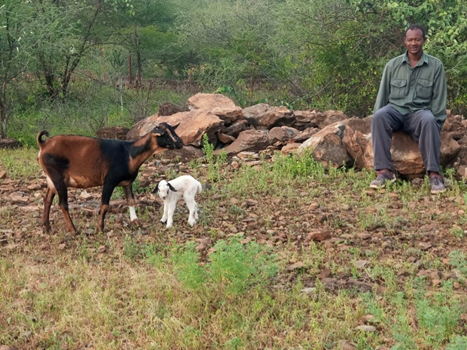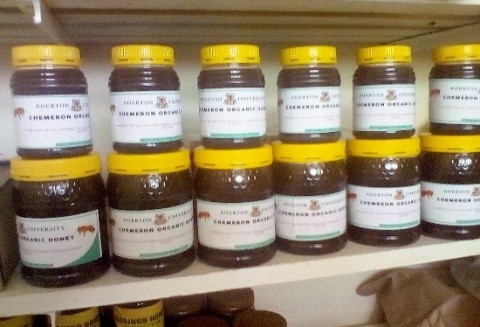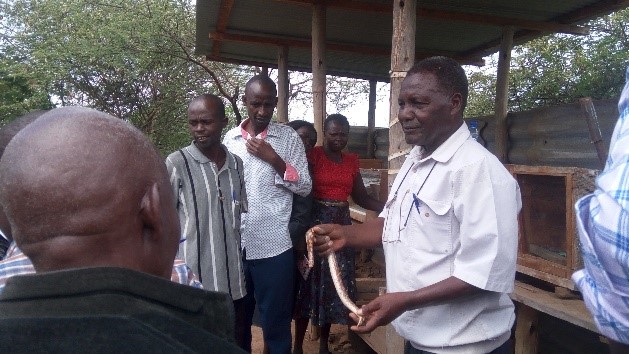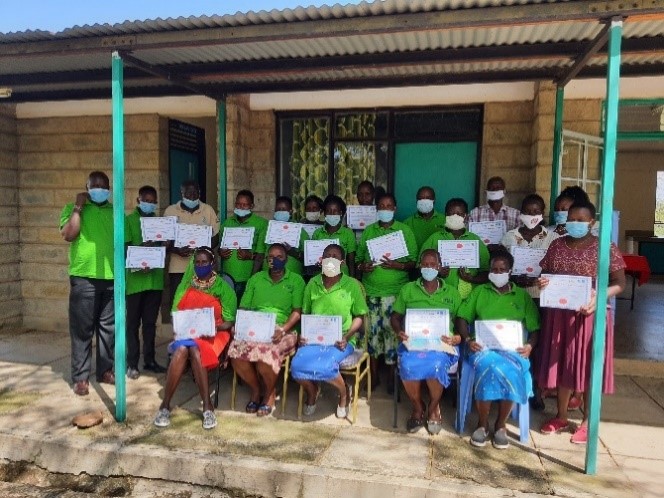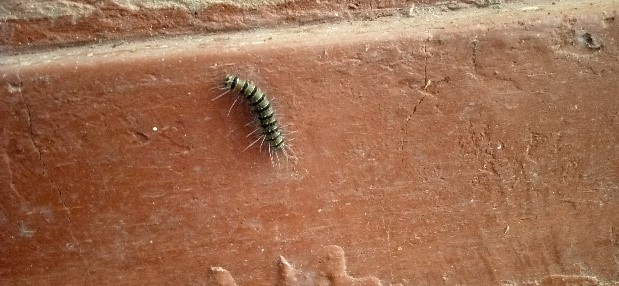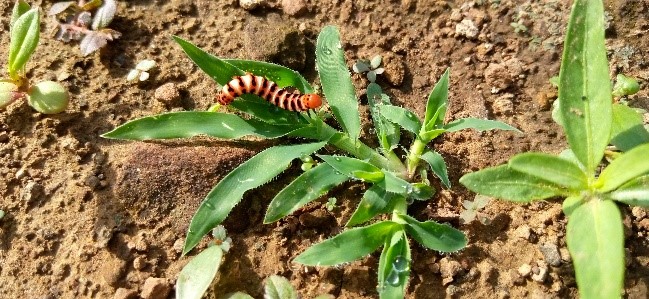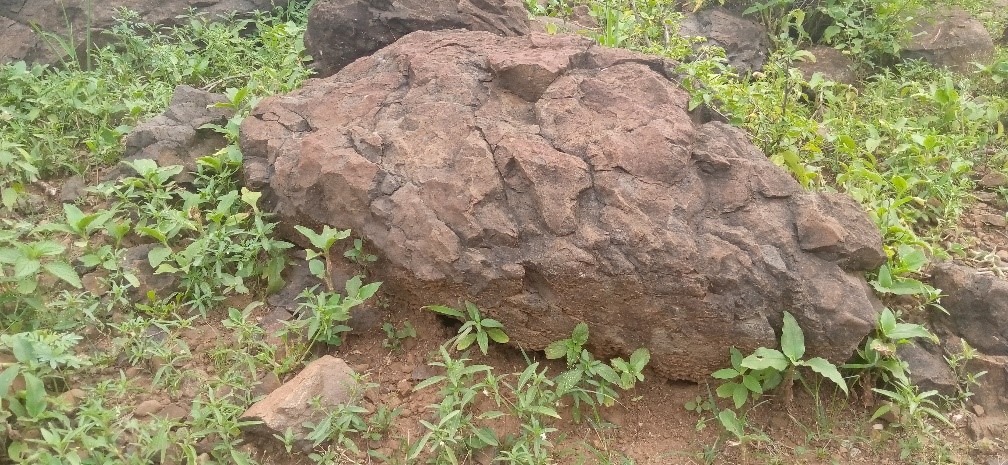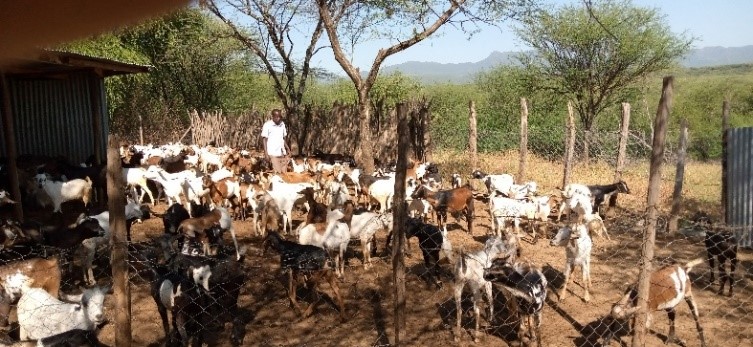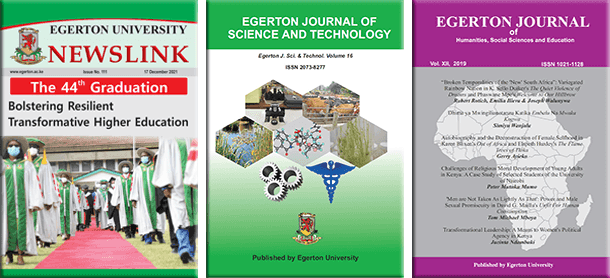About The Dryland Research Training and Ecotourism Centre, Chemeron
The Dryland Research Training and Ecotourism Centre(DRTEC) Chemeron is an interdisciplinary research and coordination Centre for Egerton University, and is rooted within the strategic plan of the University as well as that of Chemeron DRTEC 2018-2023. DRTEC coordinates the implementation, and scientific steering of dryland research projects related to agriculture, horticulture, soil and water conservation, livestock keeping, beekeeping, rangeland management, climate change and ecotourism among others.
DRTEC is about 133 km Northwest of Egerton University (Main campus in Njoro). It is located 13 km West of Marigat town along the Marigat-Kabarnet road in Baringo County. It covers an area of 450 hectares (1100Acres), and receives an average rainfall of 650 mm annually. The altitude of the station is 1200 meters above sea level, and in Ecological Zone V. There is a one seasonal river, the Chemeron River that transverses through the Centre’s land.
The vision of the center is to be a center of excellence in dryland agriculture, biodiversity conservation, ecotourism, boost food and water security as well as address resource use conflicts in the arid and semi-arid lands of Kenya.
Its mission is to:
- Boost food production and enhance community livelihoods through innovative and interdisciplinary dryland and ecotourism research.
- Implement sustainable development projects using indigenous knowledge systems and current scientific innovations and technologies in the ASAL’s
DRTEC Chemeron has a total of twenty-six employees; five employed by Egerton on permanent terms, seven employed on contract terms, seven employed on casual terms and seven security persons who serve on one-year contract basis. All these employees have been spread across the Centre and are performing different activities, for instance, five employees are in the livestock section, four are in the nature park, three are in the maintenance section, three are in the housekeeping section, one is in the water and sanitation section, two are in the main office, one is in the security section and the rest are the Security Department.
OBJECTIVES OF DRTEC
- Education and training: This is through initiating networking with other related training institution, initiating sustainable income generating units, creating public awareness on available opportunities in the ASALs and developing some curricula on environmental conservation, rangeland management and rehabilitation and climate smart agriculture.
- Research and development of crop farming using drought resistant crops, alternative sustainable livelihood sources in ASALs, indigenous knowledge systems, climate change adaptation and mitigation, appropriate water harvesting technologies and management of water resources.
- Ecotourism development through promotion of medical tourism and nature based enterprises among ASAL communities, partnering with national and county government and the community to establish viable ecotourism ventures and creating environmental conservation awareness to the local community.
ACTIVITIES AND SERVICES OFFERED AT DRTEC
Accommodation, meals and conferencing facilities to guests.
This is our hospitality section that offers a quiet and serene environment for family vacations, conference facilities, team building activities etc. The facility has a conference hall, a dining hall and rest rooms
Charges: The conference hall with a capacity to hold 100 people is charged at ksh3,500 per day. The dining hall which combines the kitchen is charged at ksh3,000 per day. The rest rooms are charged at ksh600 per bed for the single rooms which has a total of 40 beds and ksh1000 for the self-contained rooms which are two at the moment. Meals are served as per the customers’ preference hence charges vary with meal preferences.
Guided nature walks in the Nature park
our nature park covers an area of about 3acres and is split into several sections;
- Botanic garden that is home to several different species of trees with others having a wide range of medicinal values, there are also several species of aloes, grass species and flowers mostly for ornamental purposes and generally forage for bees and many bird species. There is also a tree nursery with a variety of tree species ideal for dryland afforestation and reforestation at the Centre.
- Reptile park that contains
A fresh water Crocodiles (Crocodylus niloticus)
-
- Three species of Tortoises that include the Leopard tortoise, the Pancake tortoise, the Hinge back tortoise and one fresh water turtle, the African marsh terrapin.
- Two species of Monitor lizards; the Nile monitor lizard (Varanus niloticus) and the Savannah monitor lizard (Varanus exanthematicus )
- Eleven snakes, nine species split into three categories; the non-venomous, the mildly venomous and the extremely venomous snakes.
- The non-venomous category has the python, the Kenya sand boa and the house snake.
- the mildly venomous category has the Redhead, the hissing sand snake and the speckled sand snake.
- Finally, the extremely venomous category has the puff adder (Bitis arietans) and the Rhinoceros horned viper (Bitis nasicornis)
- In the Birds section, we have Muscovy ducks, helmeted guinea fowls and the Gallus domesticus commonly known as Chicken. Our Nature Park is also home to several species of birds some of which are migratory in nature.
-
The Centre prides itself with its unique geological rock formations along the nature trail. For instance, one will come across different types of metamorphic, sedimentary and volcanic rocks.
- Different species of flowers are also found within our nature park and they grow in different seasons.
-
There are also a lot of insects of different species.
In short, the Nature Park offers a great opportunity for the general public, learners from nursery, tertiary colleges and Universities as well as research students in the field of environmental studies, agriculture, natural resources management, and climate change.
Goat rearing;
There are three different breeds of goats; the small East African goat, the Galla goat and the cross breed of Galla and the small East African goat. The goats get to be auctioned after every two years. Since the area is prone to prolonged drought, the number of has been kept to the carrying capacity of the rangeland.
Camel rearing
The Camel breed in Chemeron is the dromedary breed, and more specifically the somali type. They give birth after 15 months, and so their number grows slowly. These animals are browsers and their milk is considered highly nutritious. They can stay for a long period without water and the communities in the desert-like places use them for transportation. Here at Chemeron, we train some of these camels for camel riding and some of our visitors enjoy these rides.
Beekeeping
Several hives have been set up around the Chemeron land and periodically, honey is harvested, harvested, processed and packaged for sale. At present one kilo of honey is sold at ksh700 while a half goes for Ksh350. Most of the honey has always been sold at Egerton University, Njoro main campus but with the new developments our honey can now be found easily at the new Egerton Mart found at the University’s Main Gate.
PROGRESS AND ACHIEVEMENT
DRTEC Chemeron has been at the for front in championing for food and environmental security. Several successful proposals on biodiversity conservation and climate smart agriculture to improve livelihoods in the ASAL areas have been developed by the community with the help of the Chemeron Centre and through such initiatives many Community Based Organizations have been funded by the Small Grants Program. The community based organizations have trained farmers on environmental conservation, rangeland management and rehabilitation through climate change adaptation and mitigation, appropriate water harvesting technologies and climate smart agriculture in the arid and semi-arid lands. An estimated 40,000 acres of degraded land around the lake Bogoria landscape has been rehabilitated, through these funded projects.
Periodic training workshops in Chemeron have been instrumental in slowly impacting on knew and alternative farming activities to the local farmers, for instance, beekeepers have gained better honey value addition techniques, crop farmers have graduated to drought resistant crops, livestock farmers have engaged in pasture production to improve the quality of their animals among other impacts.




